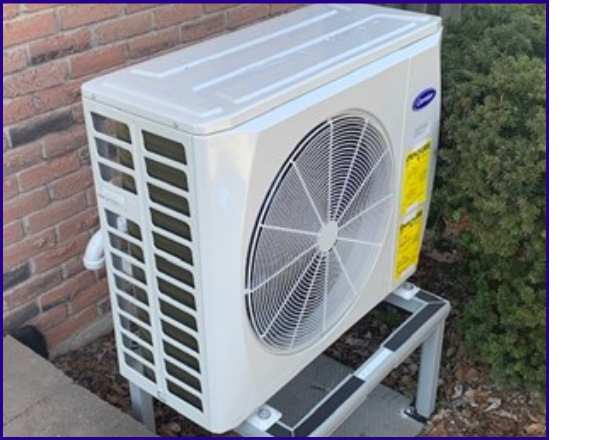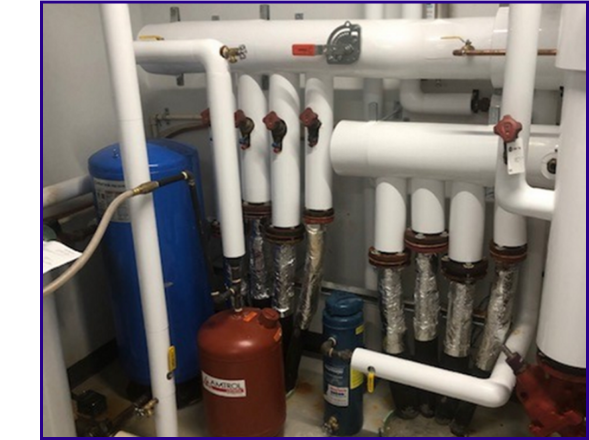Heat Pumps – the Low Carbon Technology of the Future
By Christian Tham
LAS Municipal Program Specialist
Recent research has revealed that heat pumps contribute to the reduction of greenhouse gases emission by almost 70%-80% in comparison to conventional heating and cooling methods. Heat pumps are therefore a game changer in our quest to net zero emissions by 2050. They are designed to move heat and not create it. Hence, they have a greater co-efficient of performance (CoP). Whereas a high efficiency furnace could have a CoP of 0.85, the CoP of a heat pump ranges from 3 to 5. This means that one unit of energy from a heat pump can create 3 to 5 units of energy. This positions heat pumps as an energy efficient, low carbon alternative to conventional furnaces and air conditioners.

According to the International Energy Agency (IEA), building heating systems are responsible for 4 gigatonnes (Gt) of CO2 emissions annually – 10% of global emissions. Installing heat pumps instead of fossil-fuel-base heating systems will significantly reduce greenhouse gas emissions in major heating markets globally.
There are two main types of heat pumps that are commonly used:
- Air-to-air source
- Ground source
Air-to-air source:
The most common type of heat pump is the air-to-air source which transfers heat between the outdoor air and your home. Similar to a refrigeration cycle, air is moved from one source to the another for heating or cooling purposes. Air-source heat pumps have traditionally been inefficient in subfreezing temperatures. However, air-source heat pump technology has advanced to the point that it now offers a comfortable space heating alternative in colder regions. One great example is the cold climate heat pump which can comfortably heat a home when outdoor temperature is -36 degrees Celsius.
Ground source:
Ground source heat pumps (also known as geothermal heat pumps) transfer heat from the ground through pipes to your home using a glycol solution. The high efficiency of geothermal is achieved by the relatively constant ground temperatures. Although the initial capital cost can be very high, geothermal heat pumps have very low operating cost and the return on investment is very high. They can be used in more extreme climates than air-source heat pumps, and the customer satisfaction with the systems is very high.

If your current furnace has reached its end of life, this is an excellent opportunity to consider a heat pump system. The economic and environmental benefits make it an attractive option. In addition, government incentives are available to reduce the high upfront capital cost.
If ever, we are going to meet our national obligation of net zero emission by 2050, heat pumps are certainly one of the sure interventions that cannot be ignored. If you want to know more about how your municipality will introduce this technology as part of your asset renewal management strategy, or if you'd like to learn more about the LAS net-zero planning training and workshops for municipalities, please contact Christian.





